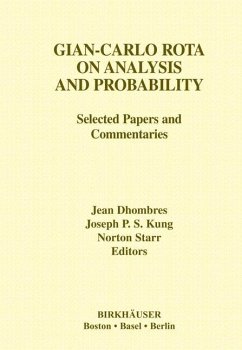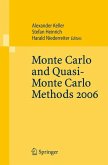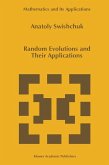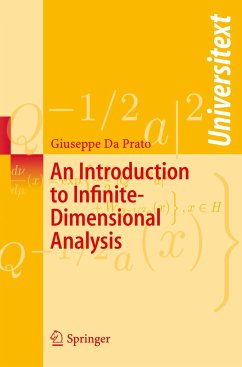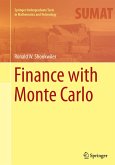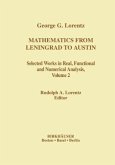Gian-Carlo Rota was born in Vigevano, Italy, in 1932. He died in Cambridge, Mas sachusetts, in 1999. He had several careers, most notably as a mathematician, but also as a philosopher and a consultant to the United States government. His mathe matical career was equally varied. His early mathematical studies were at Princeton (1950 to 1953) and Yale (1953 to 1956). In 1956, he completed his doctoral thesis under the direction of Jacob T. Schwartz. This thesis was published as the pa per "Extension theory of differential operators I", the first paper reprinted in this volume. Rota's early work was in analysis, more specifically, in operator theory, differ ential equations, ergodic theory, and probability theory. In the 1960's, Rota was motivated by problems in fluctuation theory to study some operator identities of Glen Baxter (see [7]). Together with other problems in probability theory, this led Rota to study combinatorics. His series of papers, "On the foundations of combi natorial theory", led to a fundamental re-evaluation of the subject. Later, in the 1990's, Rota returned to some of the problems in analysis and probability theory which motivated his work in combinatorics. This was his intention all along, and his early death robbed mathematics of his unique perspective on linkages between the discrete and the continuous. Glimpses of his new research programs can be found in [2,3,6,9,10].
"What makes this collection extraordinarily enjoyable to read are the commentaries that guide the reader between the gallery of results and are full of stories about Rota and of reflections about his mathematical style, about how he was led to areas and insights, about what he saw in them and what he thought they could do for other areas." -MATHEMATICAL REVIEWS "This mixture of reprinted papers and articles about Rota tell the story of his mathematical journey.... Apart from the opportunity to trace Rota's mathematical development through his papers, the book offers eighteen articles on Rota's work. These range from reminiscences and biographical details, to articles explaining the background to specific papers." -THE MATHEMATICAL GAZETTE "...Rota's work contains many fresh ideas stimulating further research. If a PhD student asks for a book that might serve as a starting point to his/her research, the present volume is an excellent choice. Experts in analysis and probability can also find continual values in seeing Rota's writings in a single volume." -ACTA SCIENTIARUM MATHEMATICARUM

